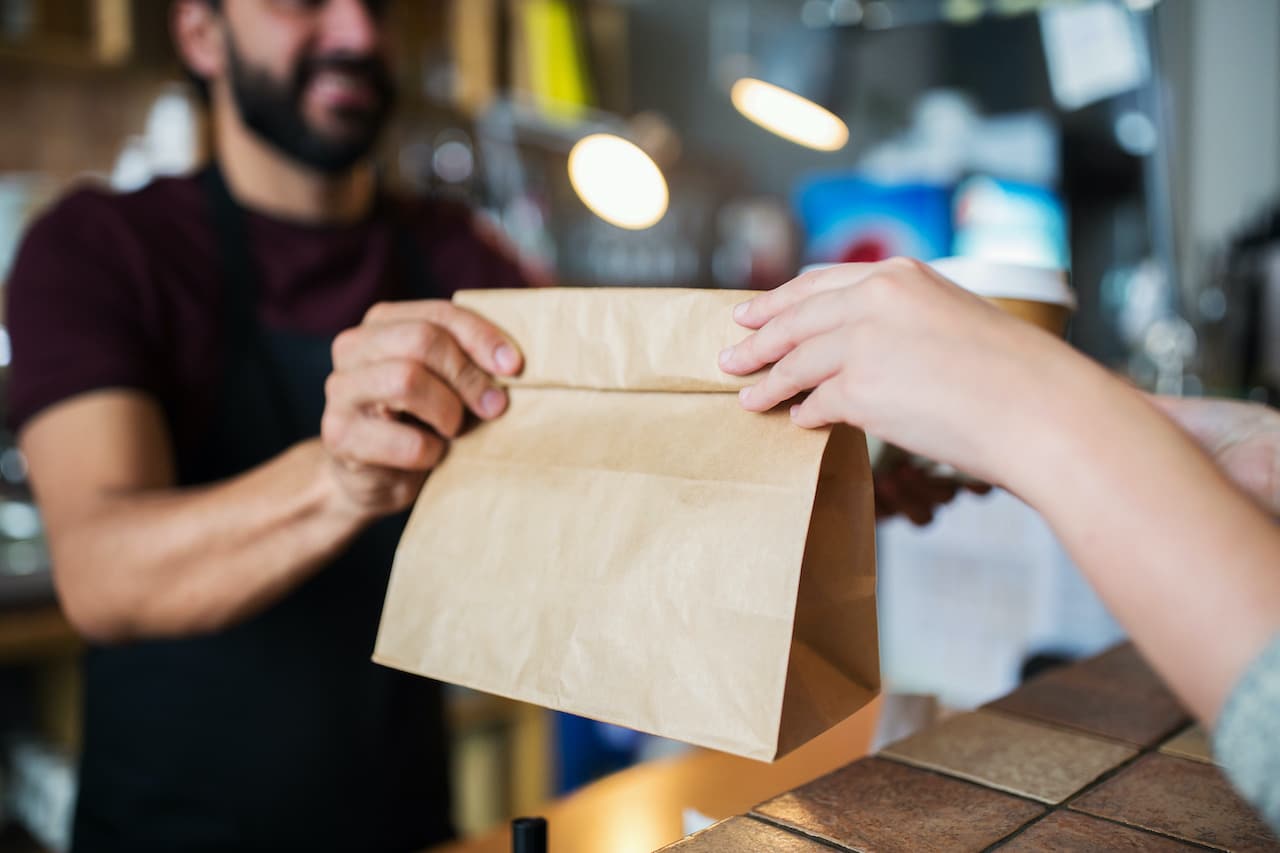Many businesses have been forced to adapt to changing practices and priorities during COVID-19 to stay afloat. And restaurants have been one of the industries hardest hit during the pandemic. Many have made temporary changes—but what permanent changes are we likely to see once all this is done and things go back to “normal”?
The reality of COVID-19 is that the restaurant industry has never seen such a large-scale, negative event of this magnitude. Moving forward, part of the issue is that even after initial lockdown ends, COVID-19 may well continue to rear its head for many weeks, months, or even years to come.
Restaurant reopenings have already begun in less-affected areas, but they’re happening slowly and with limited seating. Customers have changing priorities and plans now that the world has become accustomed to staying home more, and businesses are rethinking what is essential for their profitability as well.
Post-COVID-19, the world is set to see a new reality. Here’s what some of that reality might look like for restaurants.
Managing Changing Customer Needs and Priorities
Post COVID-19, restaurants will need to understand how consumer interests have changed and how they can adapt their strategies to meet these new priorities.
Cost
There’s the issue of customer spending to consider, as the economic recession has people slowing their spending. According to data from a Datassential consumer report, 38% of people surveyed have said they plan on getting restaurant food less often to cut costs after COVID-19.
This means that restaurants may need to reduce their prices in order to remain competitive and attractive to customers. This is particularly important as 22% of people surveyed reported that they would actively choose to eat in less expensive restaurants post-COVID-19.
An additional 23% of people surveyed plan to use coupons and discount codes to reduce the cost of their restaurant spending, ensuring that they don’t miss out on the restaurant experience.
Increased Demand for Delivery: Here to Stay
Restaurants have seen a huge increase in the demand for food delivery services as a result of social distancing. While this is likely to decrease as restaurants reopen, there will likely continue to be a higher number of delivery orders compared to before the pandemic.
Many people may continue choosing to order food for delivery or pickup rather than eating in a restaurant because they are still nervous about coming in close contact with other people, while other consumers may have simply come to prefer the convenience of ordering from home.
Prioritizing Sanitation Practices
Sanitation has become one of the most important consumer concerns during COVID-19, and as the world comes out of isolation, that priority isn’t likely to change.
Following COVID-19, it will continue to be essential for restaurants to have a visible cleaning and hygiene strategy in place. Customers are looking for this type of cautiousness in all businesses, but especially in restaurants where they get their food.
Greater Focus on Business Continuity and Support
Many restaurants found themselves extremely unprepared for the current crisis, and as a result, they are now looking for ways to move business forward while ensuring sustainability in the future.
One priority for business owners will be cutting backend costs wherever possible to recoup financial losses due to COVID-19. As businesses have tightened belts to endure the pandemic, they may find themselves holding on to some of the same thrifty business practices even after it ends.
Restaurants will also likely be looking to source more inclusive restaurant insurance policies as a result of being let down by providers when it came to claiming COVID-19 losses. A number of restaurant businesses will be re-evaluating their insurance providers and coverage going forward, ensuring that whatever the next crisis occurs, they are adequately covered.
Going forward, there will continue to be a strong focus on business continuity and re-thinking the various aspects of different business practices, building more sustainable restaurant business that are strong enough to withstand any crisis, including a global pandemic.
While the restaurant industry as a whole has been hit hard by the COVID-19 pandemic, many restaurants have responded creatively and are hopeful of moving forward with resilience. The approach to business may remain changed in regards to costs, business practices, and consumer priorities, but once these changes have been adopted, the industry will be stronger as a whole and ready to serve returning customers hungry for great food and service.




